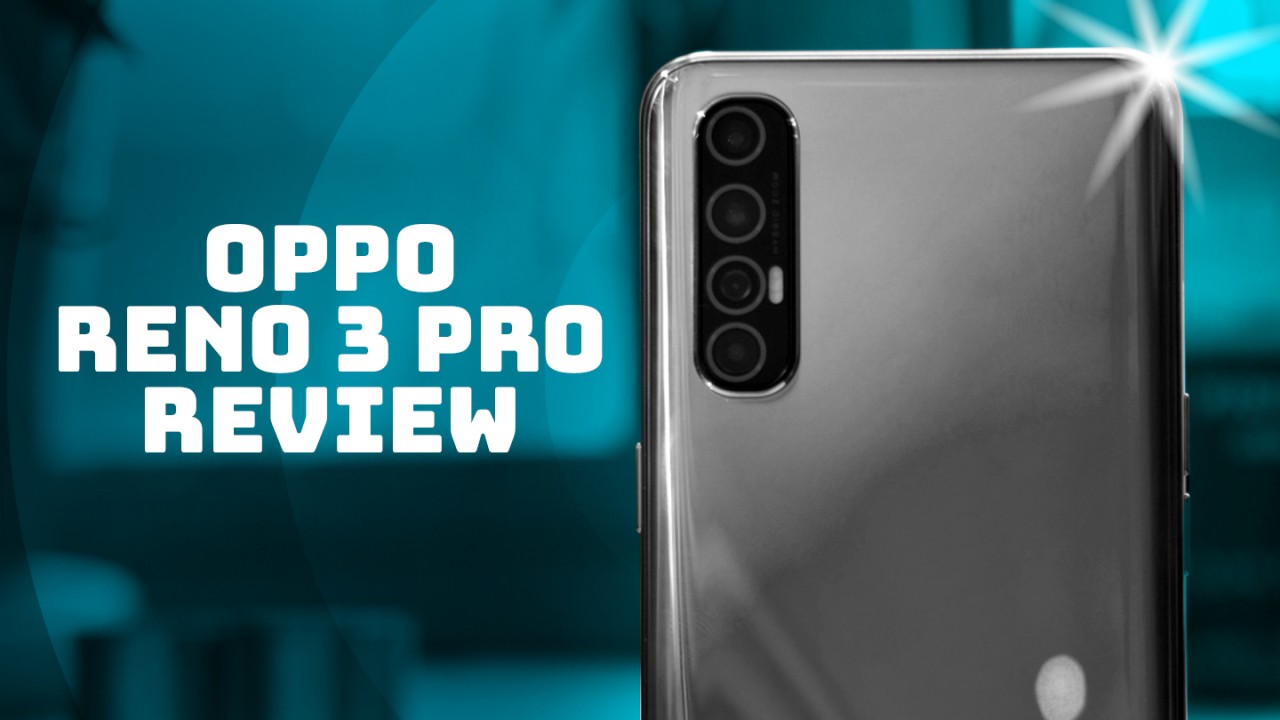
04:38
Oppo Reno 3 Pro Review
The Oppo Reno 3 Pro is a feature-rich mid-range phone
Oppo’s new phone has great image stabilization and a 5x hybrid zoom for less than US$500
When it comes to choosing a mid-range phone, there are three necessities everyone should look for. First, the phone should have good specs for the price. Second, the camera should have a good selection of features without a huge difference in quality with flagship phones. Third, it should have solid build quality.
Fortunately for Oppo, the Reno 3 Pro satisfies all three.
SIZE AND WEIGHT
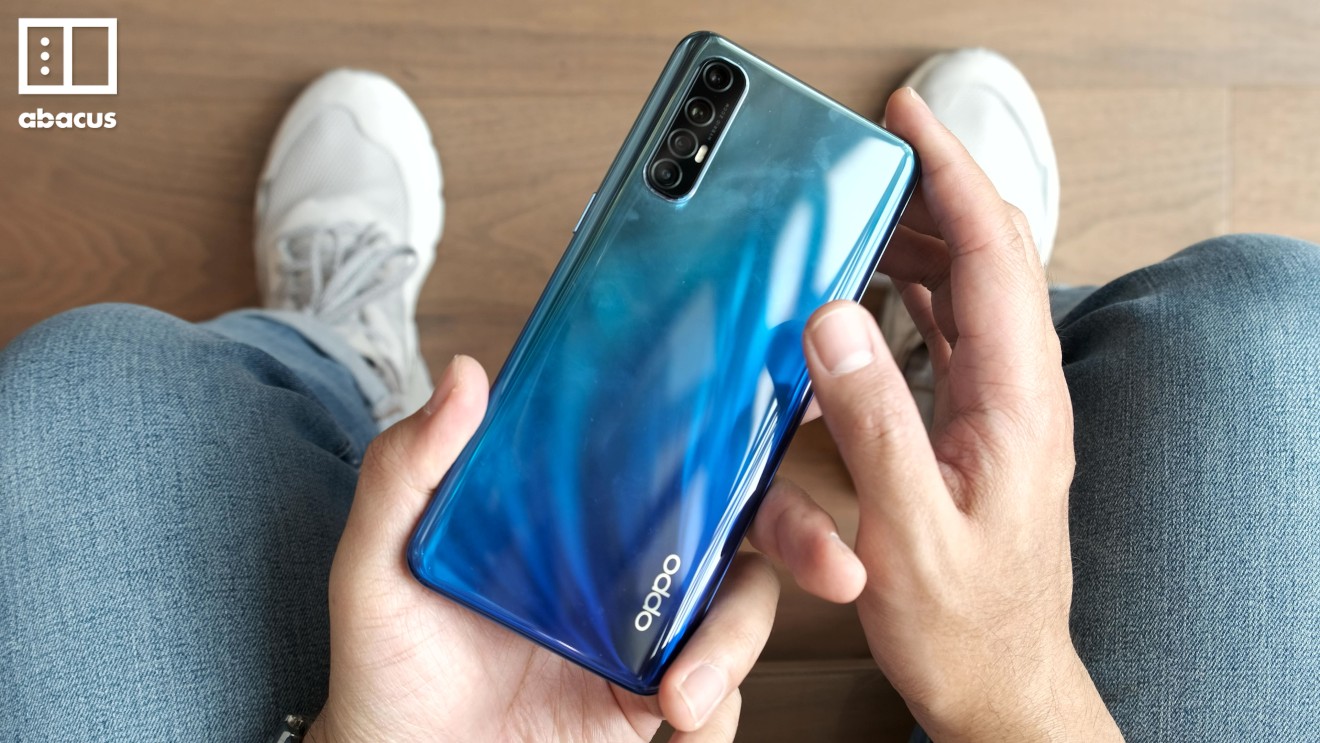
For a phone that costs less than US$500, I’m amazed at how light and thin the Reno 3 Pro feels.
I like a phone that fits easily into my pocket, and the Reno 3 Pro delivers. It’s also nice to hold and easy to use with one hand. It’s lighter than most other Android phones with large 6-inch displays.
I just wish the bezels were a little thinner to make it even smaller like the Samsung Galaxy Note 10. But the Reno 3 Pro isn’t a US$1,000 phone, so it’s hard to complain.
HANDSET DESIGN
If the Reno 3 Pro’s design seems familiar, that’s because it’s pretty similar to other Android handsets coming out of China these days. The shiny back and camera bump are very much in vogue.
That also means the design looks pretty generic and doesn’t stand out. While the shiny, blue-tinted back doesn’t look bad, it picks up fingerprints and feels plasticky. I much prefer a matte finish on the back like the one on the OnePlus 7T.
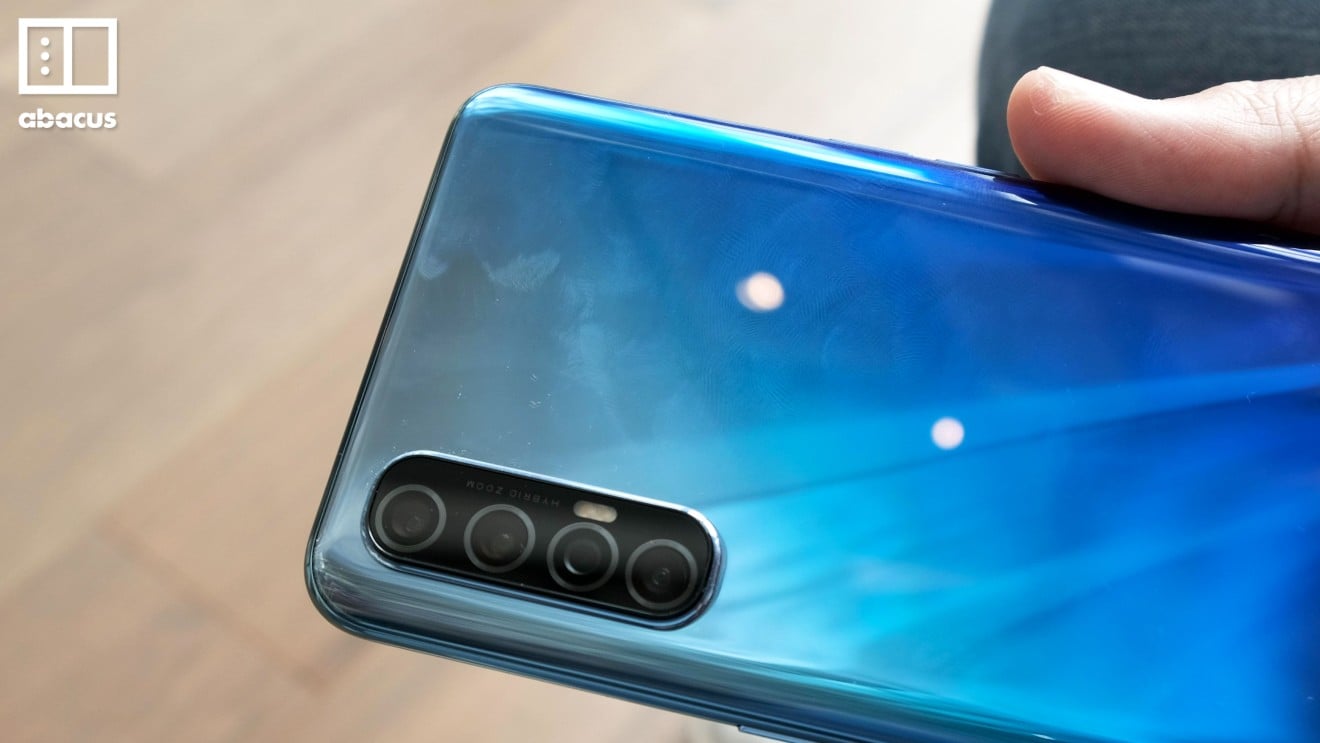
This uninspired design also means you get an unpleasant-looking camera bump with four cameras aligned in a row. The bump is pronounced enough to make me worry about its durability. The glass covering the lenses might get scratched without a case on the phone. The phone also isn’t IP-certified, meaning you have to be careful around water, too.

The button placement is pretty standard, too, with the power button on the right and the volume rocker on the left. You’ll find the USB Type-C port and 3.5mm headphone jack on the bottom. The speaker grille is also on the bottom, but the speaker’s audio doesn’t sound great. So I was thankful that Oppo kept the headphone jack.
THE DISPLAY
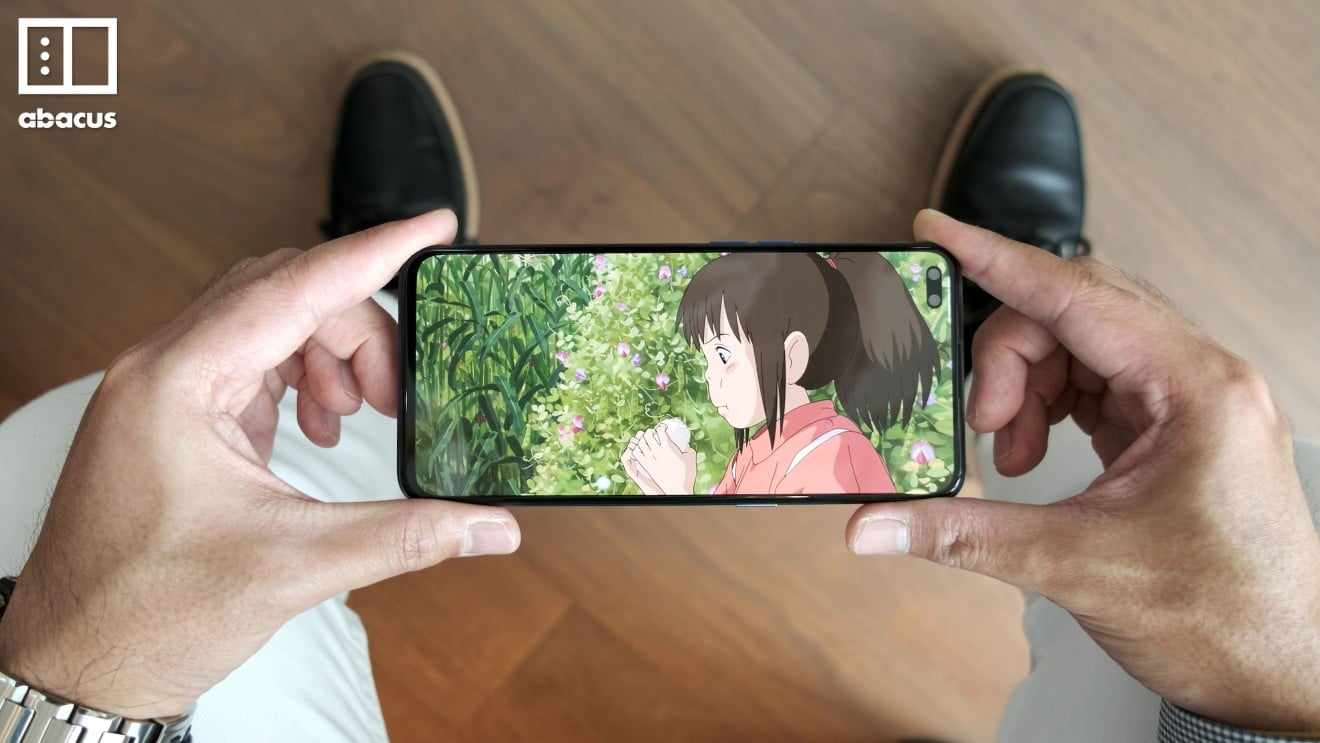
The 6.4-inch Super AMOLED display looks gorgeous. It supports the DCI-P3 wide color gamut, and the maximum brightness level is good for outdoor visibility. It’s not the brightest or sharpest display I’ve come across, but I like it overall.
And while the bezels aren’t as thin as a Samsung flagship phone, they’re slim enough not to detract from the great-looking display. But there’s still a noticeable chin at the bottom.
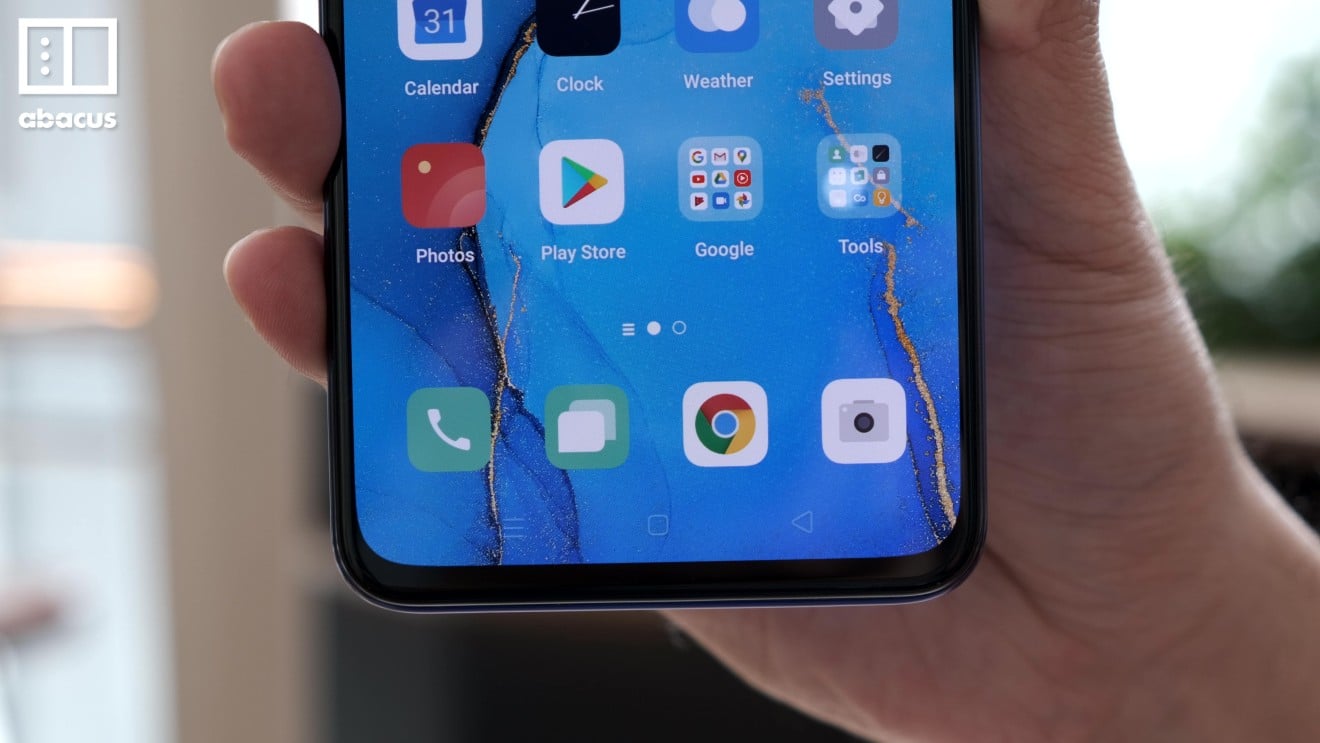
For the pixel counters out there, the display is only 1080p, but that’s good enough for Netflix. The lower resolution also helps with battery life.

SOFTWARE
The Reno 3 Pro runs ColorOS 7, which is based on Android 10. The UI feels snappy and should be familiar to Android users. It’s not as smooth as OxygenOS on OnePlus phones, but I didn’t have any issues with lagging or crashing over the course of a month.
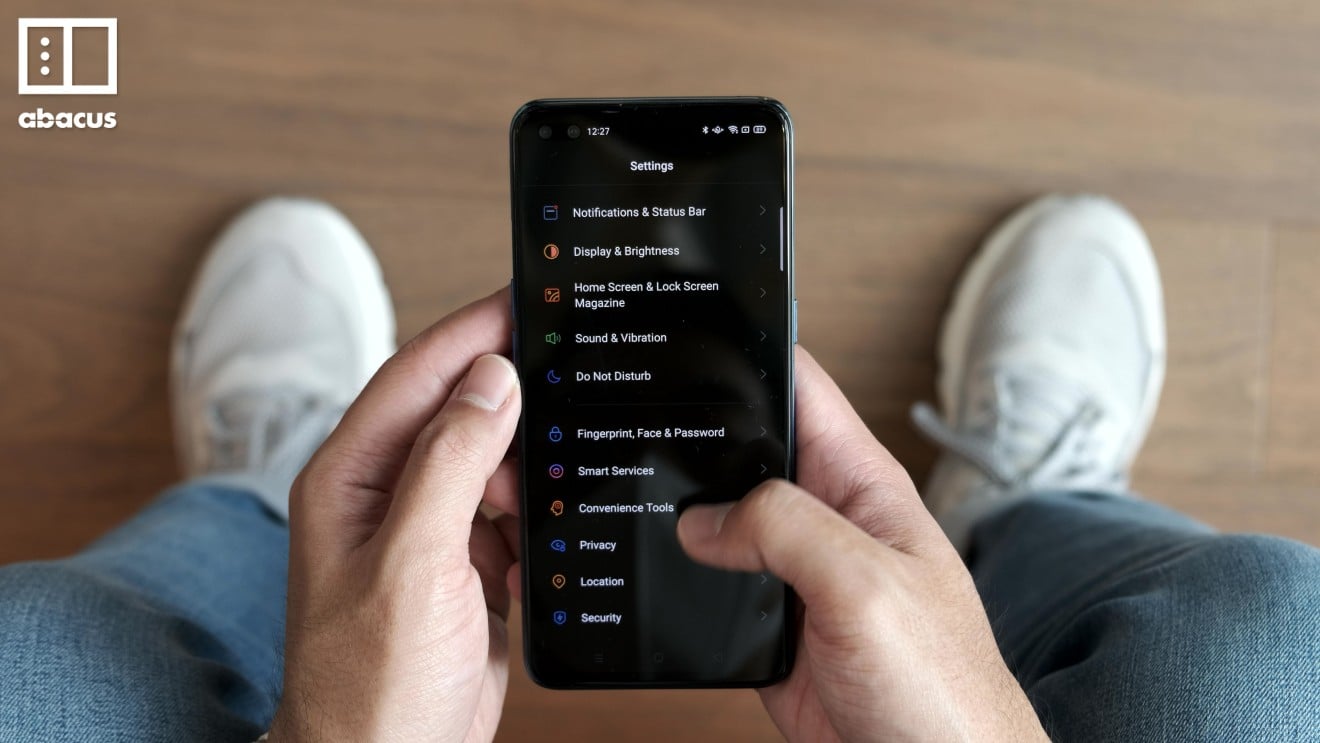
One nice addition on ColorOS is an AirDrop-like feature called Oppo Share, which is also used by Xiaomi, Vivo and Realme. It worked well when I shared a photo between the Reno 3 Pro and a Reno 2.

The phone also uses an in-display fingerprint sensor. The optical reader underneath the Reno 3 Pro’s display is fast and consistent. It even felt better for me than my experience with the in-display sensors on the Galaxy S10 and S20.
There’s a face unlock option, too, for the people who want it. It works well, but it recognises me even when I’m wearing a mask. That was enough to make me question its security.
BATTERY
The Reno 3 Pro comes with a 4,025mAh battery and 30W fast charging. From my testing, I was able to get through most days without needing to top off before going to bed. I don’t typically do too many power-hungry tasks throughout the day, but I do watch YouTube videos, scroll through social media and take photos and video. That still typically left me with 30 per cent by the end of the day.
The Reno 3 Pro also supports Oppo’s proprietary VOOC Flash Charge 4.0. Using the included fast charger, I can get the Reno 3 Pro back up to 100% about an hour.
64-MEGAPIXEL CAMERA
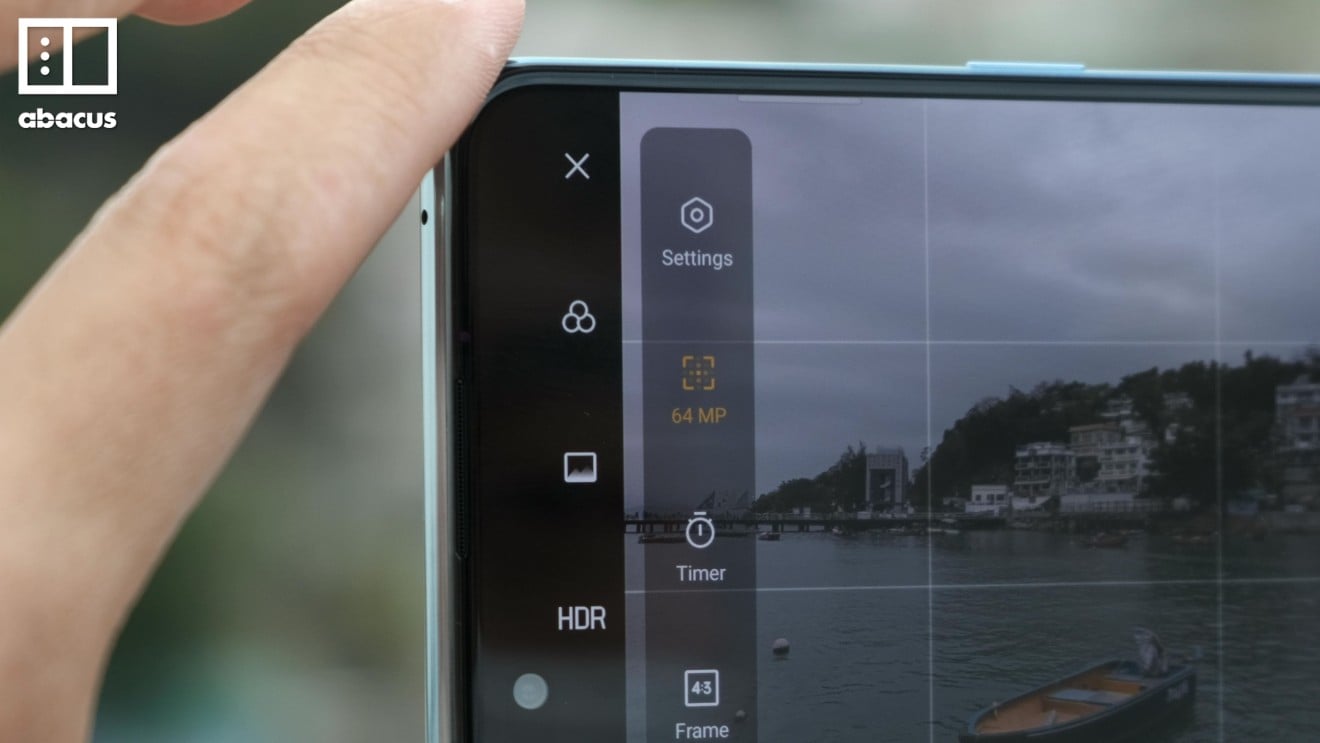
More pixels doesn’t necessarily mean better photos because image sensors in smartphones are too small to resolve a lot of megapixels. So a 108-megapixel sensor will result in more noise in the shot.

Shooting a 64-megapixel photo will give an average file size of 15MB. That’s three times more than a regular 16-megapixel shot on the Reno 3 Pro. I also noticed that the 64-megapixel shots have more dynamic range than the 16-megapixel ones, and there’s more detail in shadows and highlights. As a result, I prefer to shoot 64-megapixel photos for scenery shots.
CAMERA ZOOM
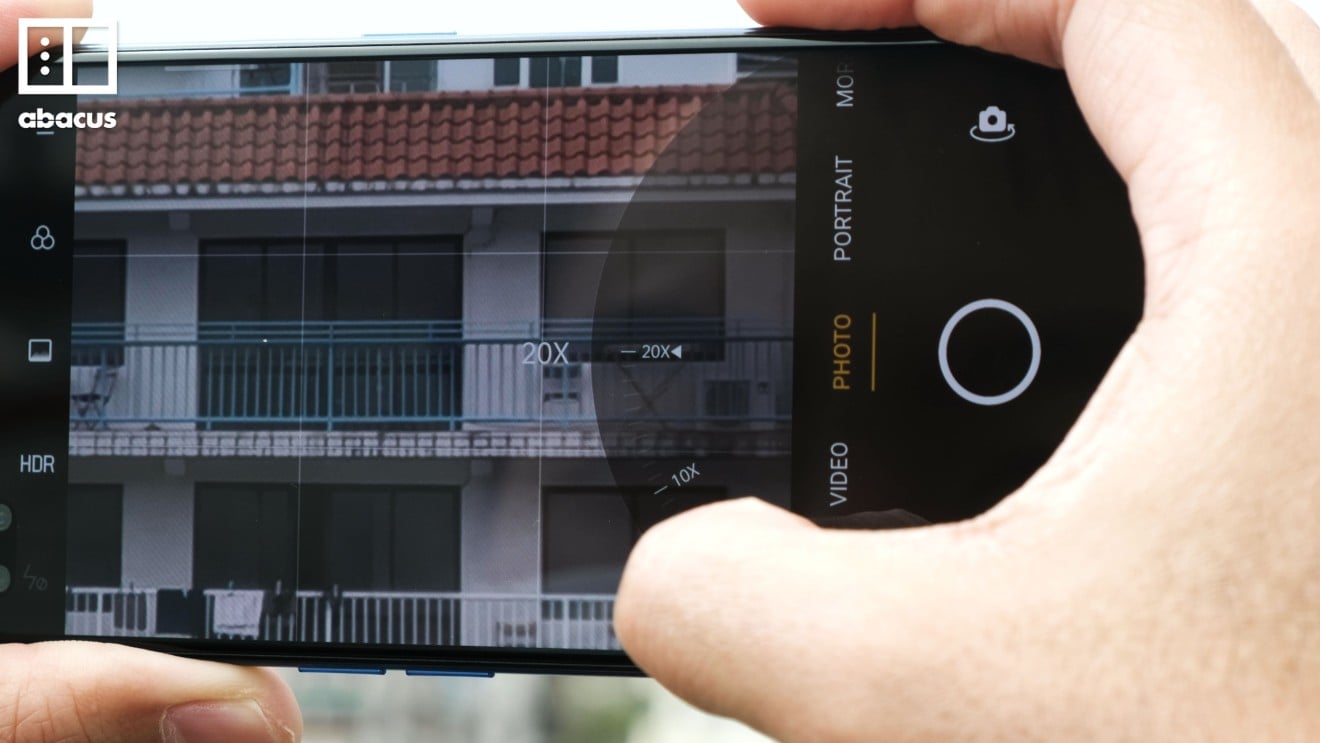
The Reno 3 Pro’s camera can digitally zoom up to 20x. But you’ll get better results sticking with the 5x hybrid zoom. These shots look sharp and clear, making them usable for social media. Image stabilisation is turned on in this mode, and it’s very effective.

I would avoid shooting at 10x or 20x zoom, as the resulting photos look very soft and lack detail.
DUAL SELFIE CAMERAS
The Reno 3 Pro has dual selfie cameras on the front. The dual-camera setup includes a 44-megapixel primary camera and a 2-megapixel depth sensor. The depth sensor helps to blur the background for portrait shots, which worked pretty well for me.

The depth sensor is able to give your photos a nice background blur. I also prefer to turn off beauty mode for more natural skin tones and better detail.
NIGHT MODE
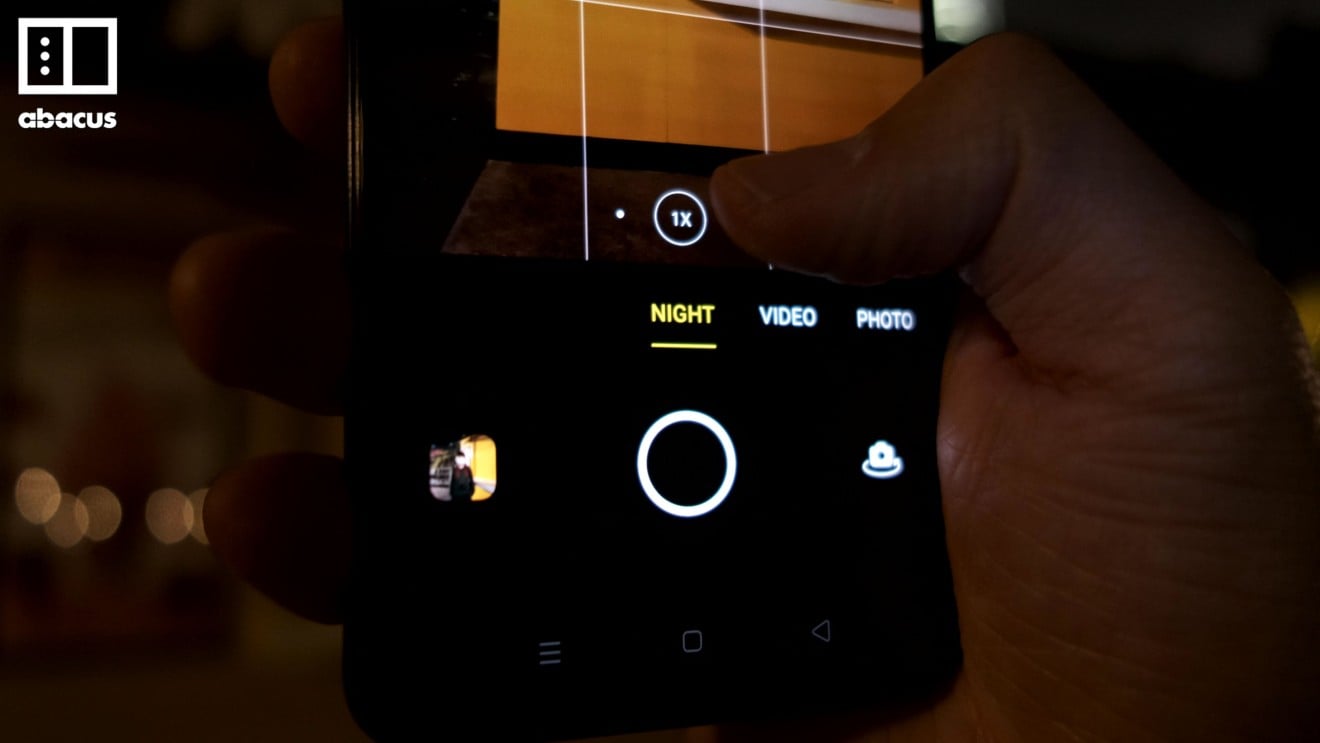
I’m not a fan of the Reno 3 Pro’s night mode. The photos look unnatural and don’t have the right ambience for a nighttime shot.

If you want to use this mode for low-light shots, I recommend using the default lens without a zoom. You can choose to shoot with the ultra-wide lens or zoom in up to 5x, but the photos will have more noise and look less sharp.
I also noticed that the phone takes a fair amount of time to load images or finish processing in night mode. So I prefer capturing low-light photos without night mode.
VIDEO STABILIZATION
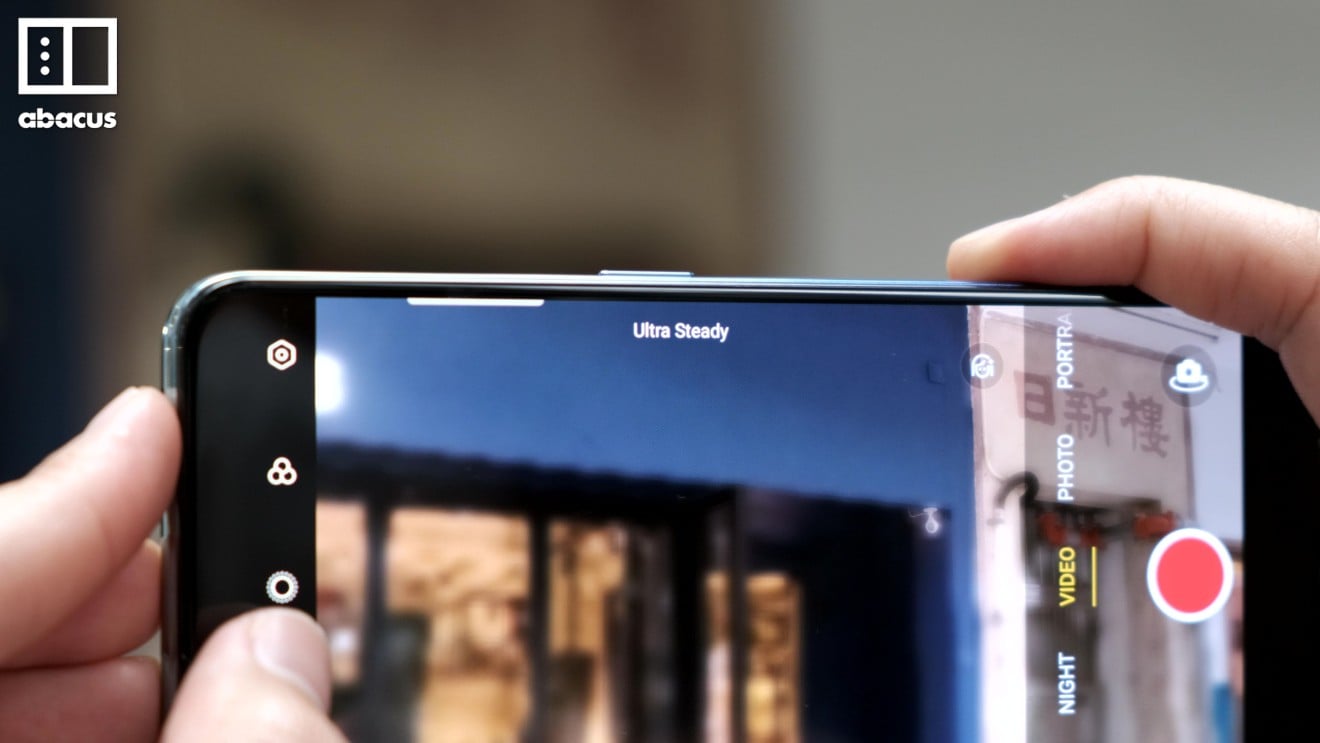
The Oppo Reno 3 Pro has an Ultra Steady stabilization feature for shooting videos. It’s software stabilization and there’s quite a bit of cropping to compensate for shaking.
After shooting with and without Ultra Steady, I can say this is the best feature of the Reno 3 Pro. I’m actually blown away by how well it works. While using Ultra Steady, I got videos that looked like they were shot with a gimbal.

But when you have this feature turned on, you’re limited to 1080p, 60fps videos. You also lose detail and shots are zoomed in. If you turn on Ultra Steady Pro, you get a wider view, but then you’re limited to 30fps when shooting in 1080p. Despite these limitations, I think the trade-off is worth it considering just how smooth the footage is.
BOTTOM LINE

The Reno 3 Pro is a pretty good mid-range phone. Multiple cameras and video stabilisation helps it stand out among competitors like Google’s Pixel 3a and Samsung’s Galaxy Note 10 Lite.
The Reno 3 Pro doesn’t have a Qualcomm processor like many of its competitors, but the MediaTek Helio P95 chip with 8GB of RAM makes it powerful enough for the average user. But if you’re into gaming, you should check out other phones with faster processors. One exception here is the Chinese version version of the Reno 3 Pro, which has a Qualcomm Snapdragon 765G with 5G support.
If you’re able to get your hands on one, it’s definitely a solid choice for a mid-range phone for the price. The MediaTek version starts at about US$400 in India. The Snapdragon model comes at a premium in China, starting at about US$570. But with smartphones from many brands steadily getting more expensive these days, finding a feature-rich phone in this price range is still a good deal.
Purchase the China AI Report 2020 brought to you by SCMP Research and enjoy a 20% discount (original price US$400). This 60-page all new intelligence report gives you first-hand insights and analysis into the latest industry developments and intelligence about China AI. Get exclusive access to our webinars for continuous learning, and interact with China AI executives in live Q&A. Offer valid until 31 March 2020.

